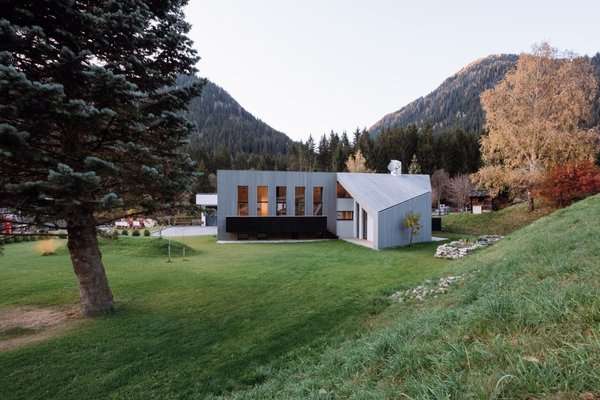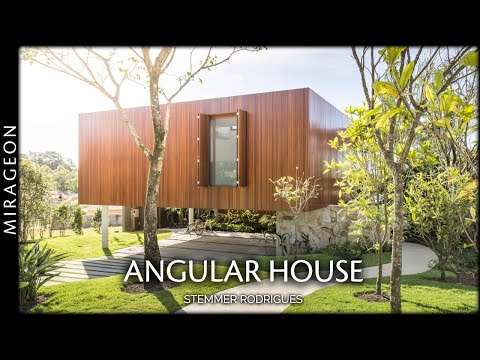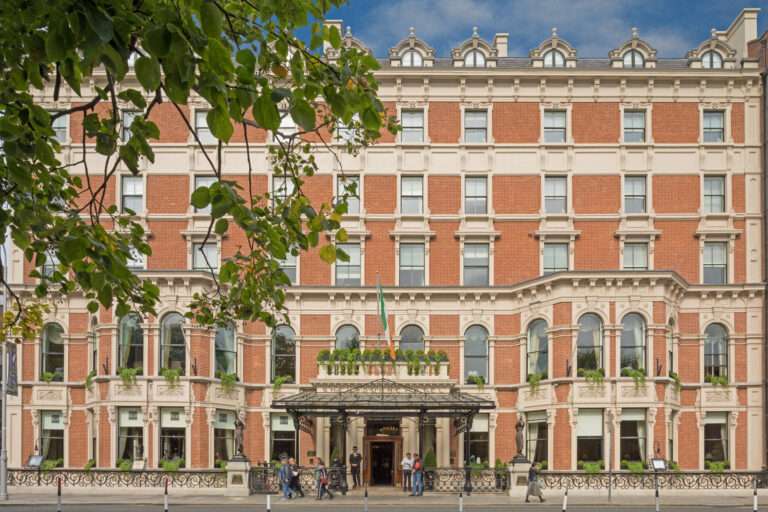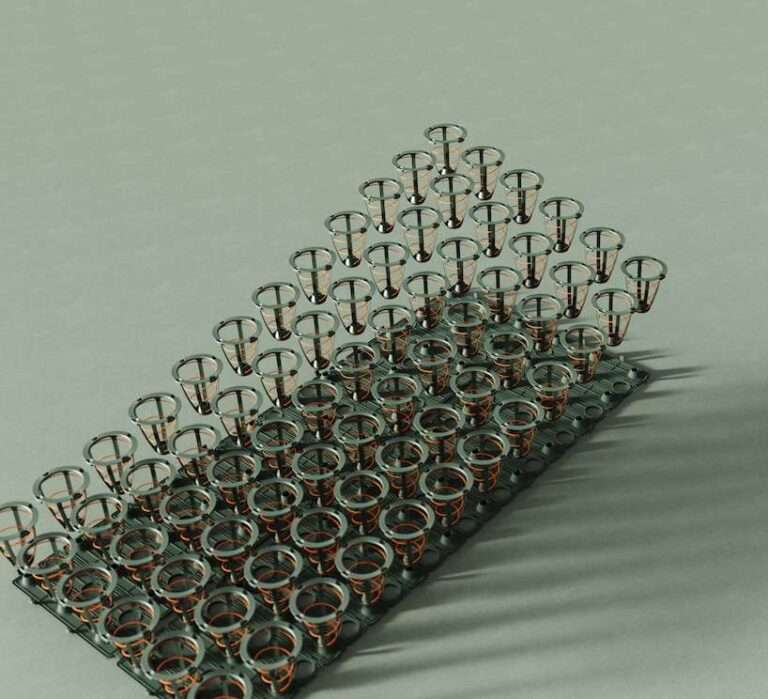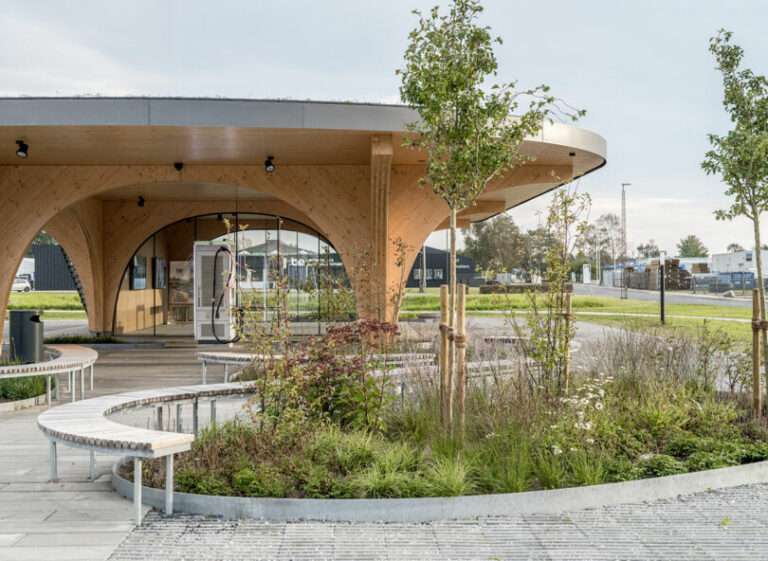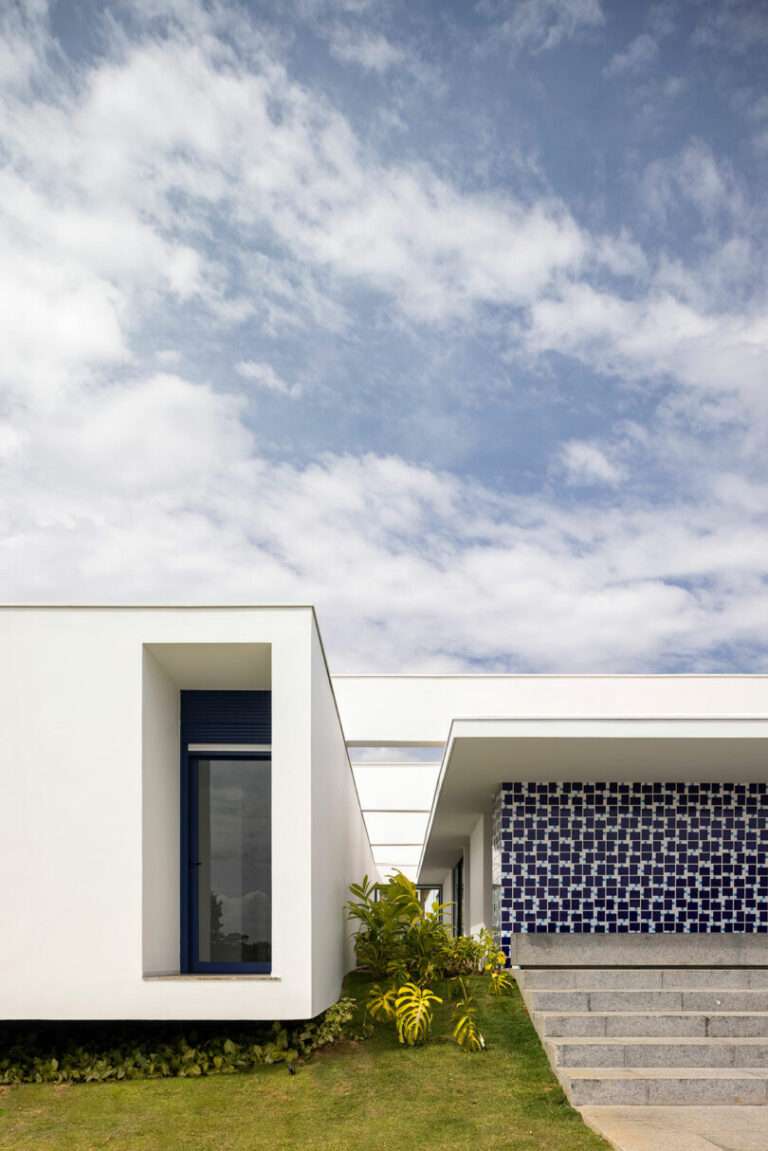We’ve got the scoop on everything you ever wanted to know about designing with rugs.
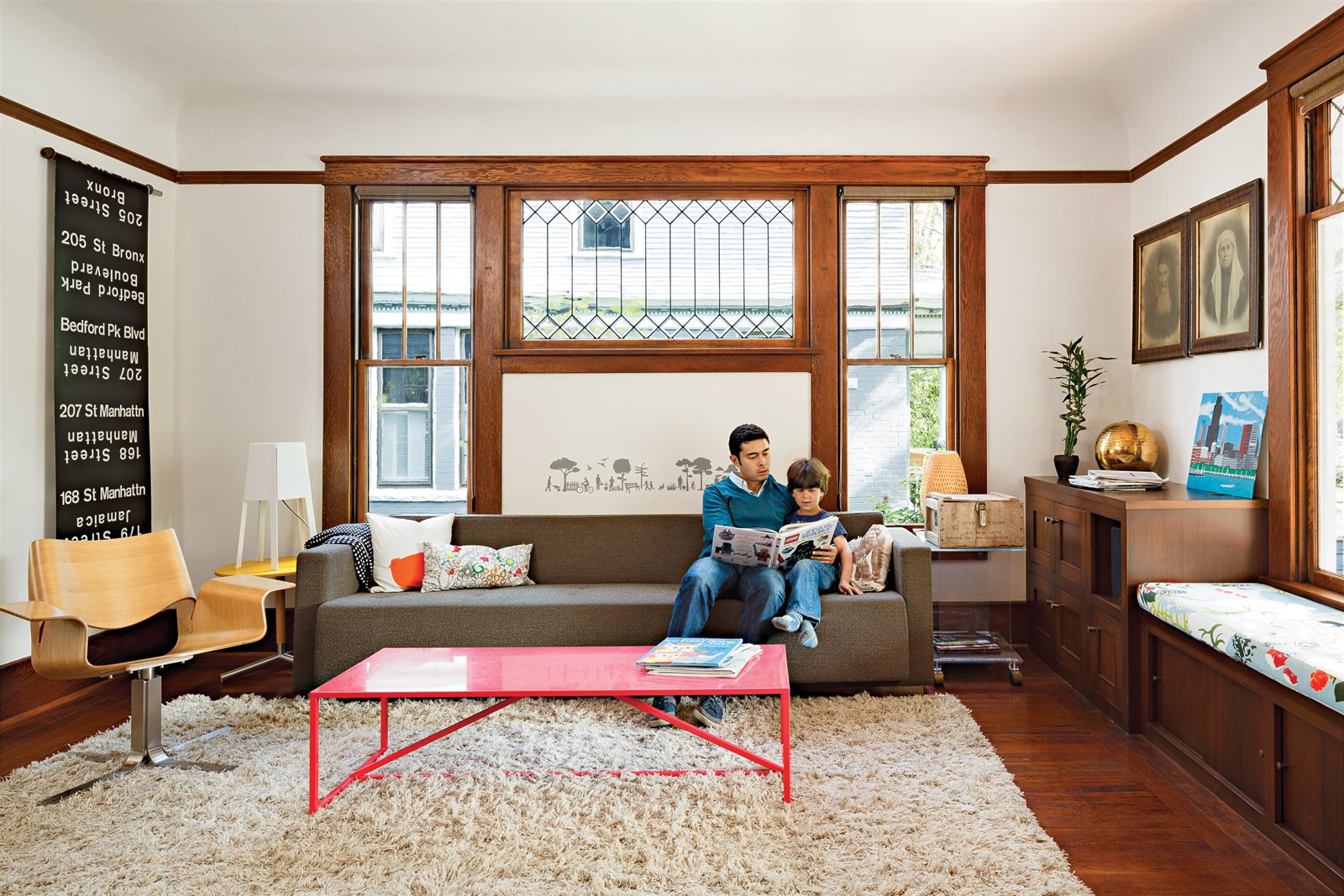
How To Design With Patterned Rugs
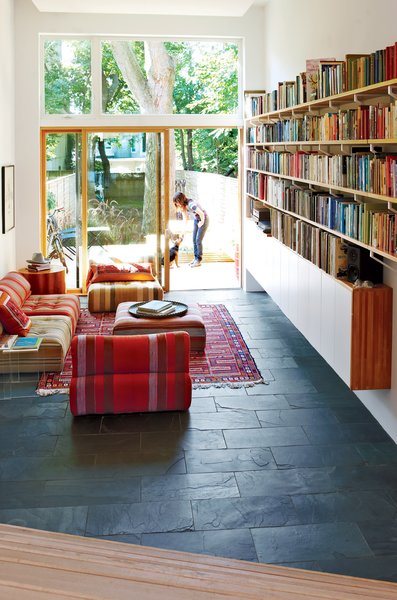
Decorating with statement rugs is often challenging, so here are some tips and tricks to help guide the process.
Photo: Naomi Finlay
Gandia Blasco Lepark Wool Rug
All of the modern rugs by Gandia Blasco are Goodweave certified and the perfect addition to any room in your home. Yarn composition: 100% New Wool. Hand tufted. Designed by Enblanc. Photo Courtesy of HORNE 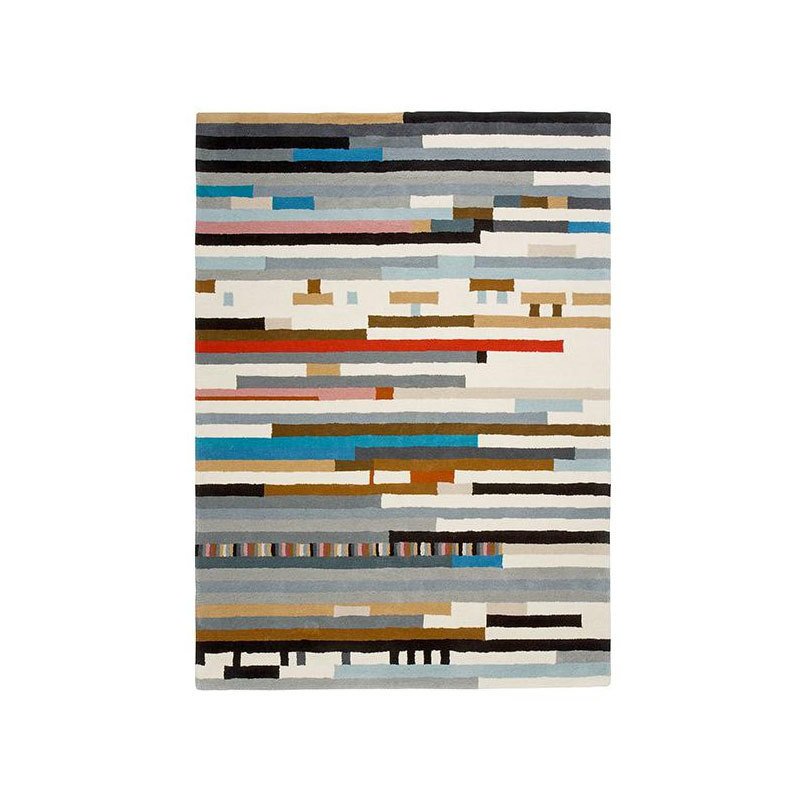
Burrow Playa Rug
Disco never disappeared, as far as this exciting pattern is concerned. This hand-tufted rug is a blend of wool and viscose and features a warm, eclectic style that’s right at home in a Bohemian chic design scheme. Photo Courtesy of Burrow 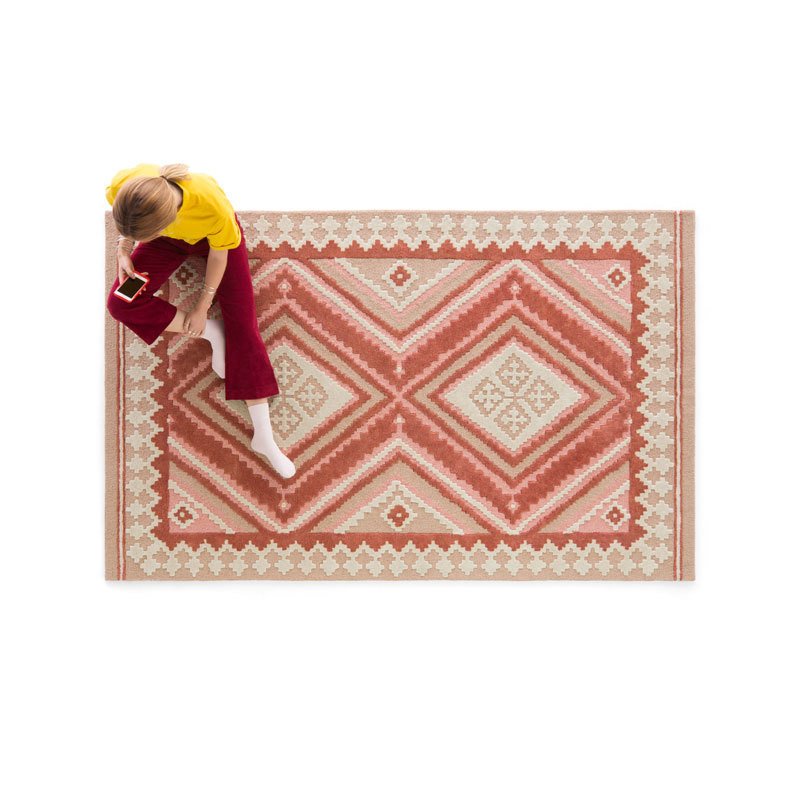
Moooi Freaky Rug
Bringing an aesthetic that combines an optical illusion and a highlighter doodle in the margin of a paper, the Freaky Rug from Moooi Carpets is sure to delight. Its vivid neon colors are tempered by the geometric cross-hatch pattern and the more organic shape of the rug itself. Available in either polyamide or a tufted wool blend, it’s colorfast and durable and sure to make an impression no matter where it’s placed. Dutch design studio Moooi has expanded their signature individuality into flooring with Moooi Carpets. Their high-tech printing process lets designers from founder Marcel Wanders to Neal Peterson explore previously impossible rug designs, inspired by everything from Renaissance fine-art paintings to Buddhist mandalas. Photo Courtesy of Lumens 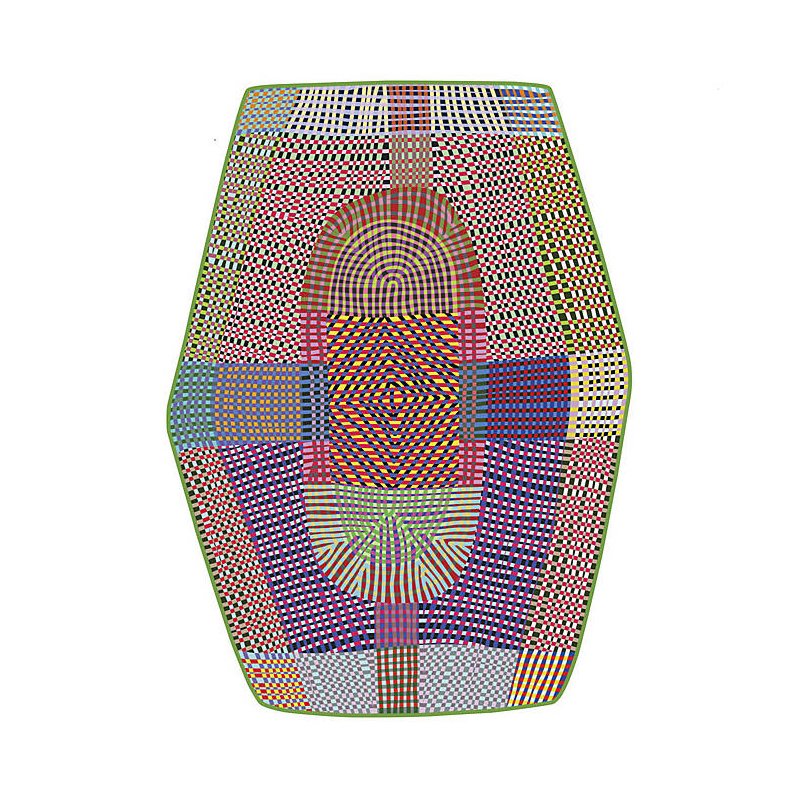
An Expert’s Guide to Choosing, Styling, and Cleaning a Moroccan Rug
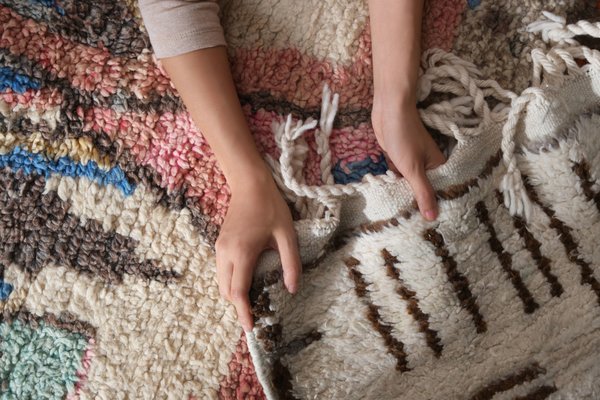 Revival Rugs cofounder Ben Hyman shares his expertise on the different types of Moroccan rugs—and how to show them love once they’re in your home." class="webpexpress-processed">
Revival Rugs cofounder Ben Hyman shares his expertise on the different types of Moroccan rugs—and how to show them love once they’re in your home." class="webpexpress-processed">Revival Rugs cofounder Ben Hyman shares his expertise on the different types of Moroccan rugs—and how to show them love once they’re in your home.
Photo: Revival Rugs
Revival Rowan Rug
Made by skilled artisans using time-honored techniques in Mirzapur, India. Limited quantities. Handwoven in 2020 under Revival-Made, Revival’s line of new and bespoke products. Natural inconsistencies and slight variations in size are inherent in these unique, handcrafted rugs. Photo Courtesy of Revival Rugs 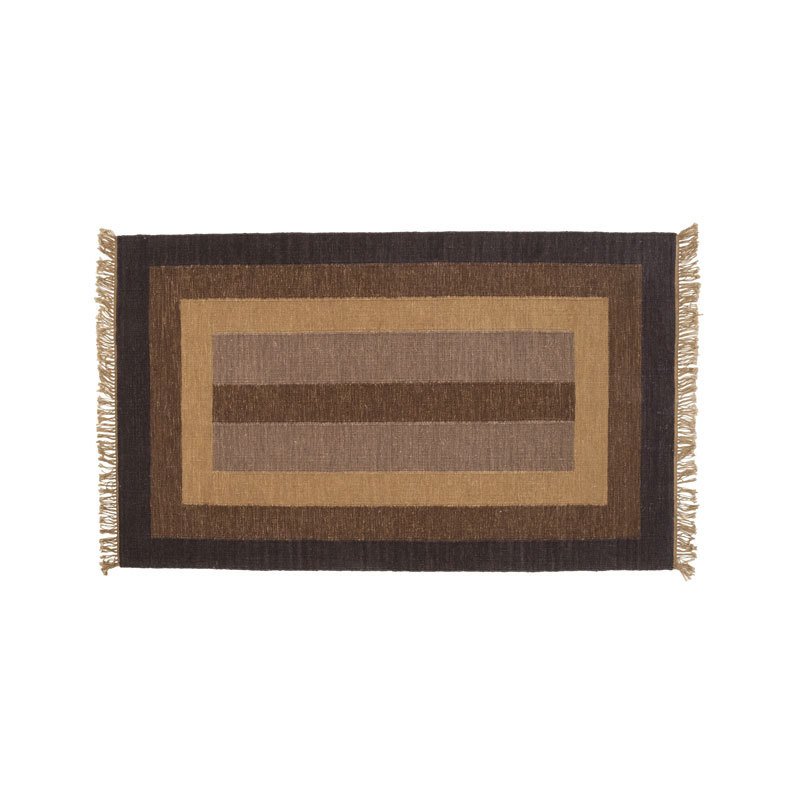
Revival Ledger Panel Rug
Both bold and restrained, the Ledger Panel Rug is broken up with blocks of color that animate its negative space. Photo Courtesy of Revival Rugs 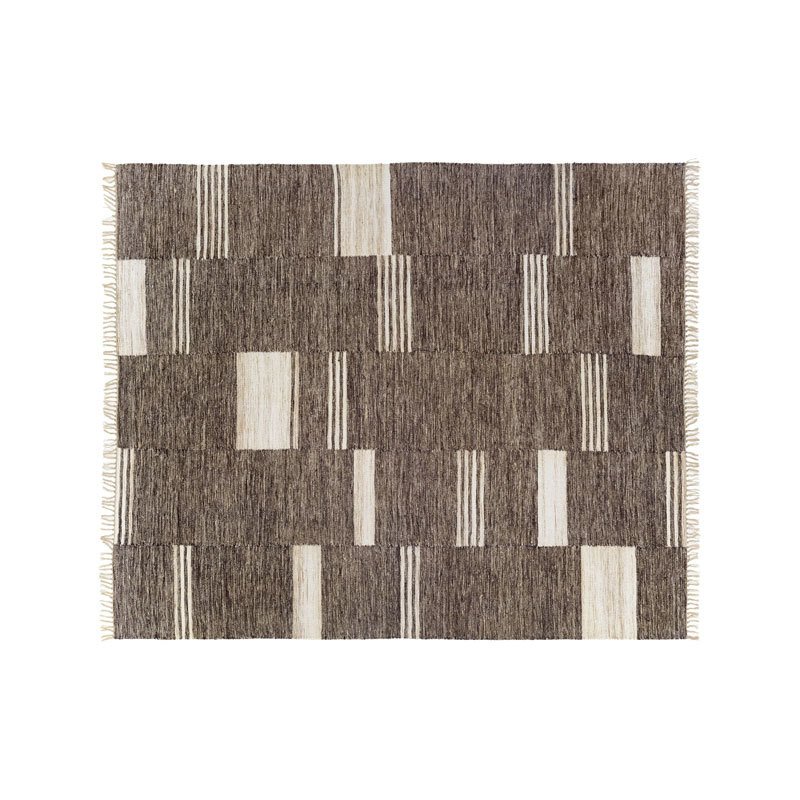
Revival Kres Flatweave Wool Rug
Three limited edition rugs, handwoven by skilled artisans using time-honored techniques in Mirzapur, India. Handwoven in 2019 under Revival-made, Revival’s line of new and bespoke products. Natural inconsistencies are inherent in these unique, handcrafted rugs. Photo Courtesy of Revival Rugs 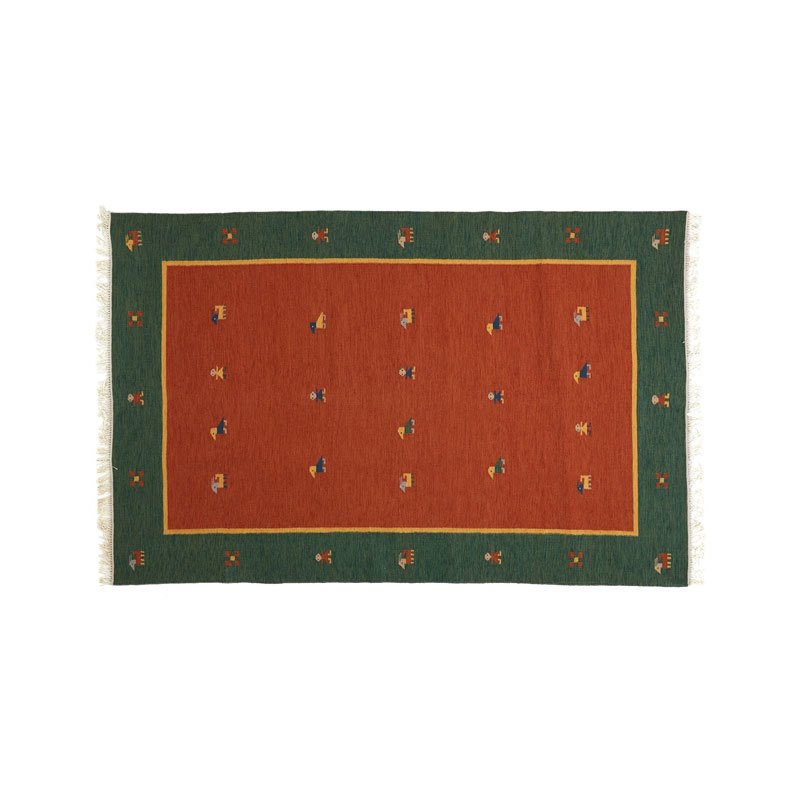
How Beni Ourain Rugs Made It From the High Atlas Mountains to Our Homes
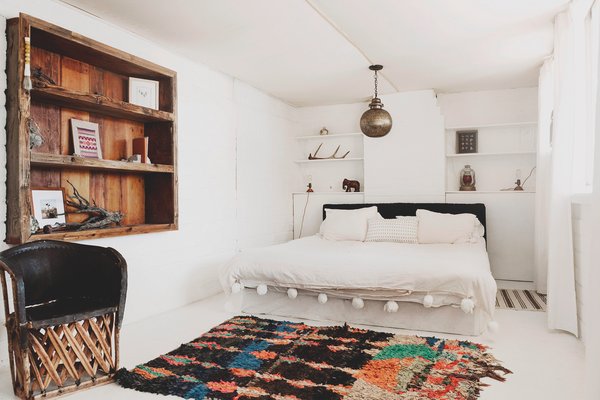
In an increasingly digitized world, the handmade charm of Berber rugs injects much-needed tactility into home interiors.
Photo: gestalten
See the full story on Dwell.com: How to Pick the Perfect Rug for Your Space
Related stories:
- Here Are 4 Places to Rent Stylish Furniture for Your Best Work-From-Home Setup
- How Changing the Layout of Your House Can Make it a Home
- Just Browsing
